Welcome to Open Learning College – Change your career, Increase your salary, and Improve your life.
 Course Overview
Course Overview 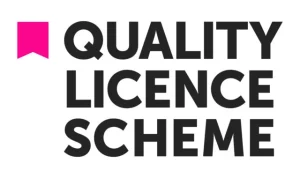
Embark on a transformative learning journey with the UK’s most innovative home study provider, offering courses designed to unlock your true potential and facilitate the career change you desire. Access our distance learning courses directly from anywhere, anytime, and acquire industry-recognised Professional Qualifications essential for advancing in your career.
Specifically, explore the flexible and convenient Reflexology (Level 3) course, an ideal way to gain a diploma qualification. Whether you aim for further education, improved job prospects, or expanded knowledge, this comprehensive course allows you to prepare thoroughly for exams or careers through home study. Plus, it’s structured to be accessible and beneficial even if you have no prior knowledge in Reflexology.
Reflexology is a popular, non-intrusive complementary health therapy based on the concept that different points on the feet, lower leg, hands, face, or ears correspond with different areas of the body. Reflexologists work holistically to promote better health for their clients. Millions of people around the world use Reflexology to complement other treatments when addressing conditions like anxiety, asthma, cancer treatment, cardiovascular issues, diabetes, headaches, kidney function, PMS, and sinusitis. Open Learning College conducts accredited reflexology courses online that qualify as Level 3 reflexology diploma awards.
Reflexology is growing increasingly popular across Europe and Asia as both a complement to other treatments and as a preventive measure. One example is Denmark, where various municipalities and companies have employed reflexologists since the early 1990s.
This Level 3 Course in Reflexology aims to provide sufficient instruction to enable the successful student to understand and safely implement the techniques of this healing art. The course will be appealing to anyone looking for a new career path or to extend their own knowledge in the subject area.
 Course Key Topics
Course Key Topics
the Reflexology (Level 3) course is divided into 10 modules.
Module 1: Introduction to reflexology and the language of touch
This module reflects on the historical background to reflexology. This includes brief summaries of other therapies relevant to reflexology such as acupressure, acupuncture, massage (including Shiatsu), Yin and Yang, meridians and zone therapy. The language of touch is discussed in terms of human interaction as well as the art of healing and importance of therapists’ self awareness and confidence in order to transmit and rebalance energy flows.
Module 2: Anatomy and physiology. Muscular-skeletal and central nervous systems
A basic knowledge of anatomy and physiology is essential in order for the reflexologist to assess and treat the client efficiently. Successful reflexology treatments are dependent upon pressure points and nerve pathways; this module describes the skeleton, muscle groups, how messages are conveyed to and from the brain – and how this relates to touch.
Module 3: Anatomy and physiology. Circulatory and other body systems
Continuing from module 2, this unit presents descriptions of the remainder of the body systems and functions. Detailed attention is paid to specific body systems which hold relevance to the reflexologist during client assessment and treatment.
Module 4: Immunity, endocrine glands and contra-indications of treatment
This module explores how the body deals with disease; what role hormones play in homeostatic balance, and in what circumstances the therapist should be cautious about treatment delivery. Some specific and common disorders will be outlined and discussed. Students will learn how to link their knowledge of anatomy and physiology with certain medical conditions. Effective response to medical emergencies is also outlined.
Module 5: Psychology of relaxation, treatment environment and approach
This module focuses on the important psychological features of interaction between the practitioner and client. The approach of the therapist is of utmost importance in gaining the respect of the client, and in order to help the individual to relax. Relaxation and massage techniques will be explained, together with details of suitable equipment and essential oils for consideration during treatment. The treatment environment will be addressed as an important part of the session itself.
Module 6: Reflexology pathways and responses
Description, location, application and responses of pressure points and reflexology pathways will be explained in this module. Reflexology charts and footprints will be described, including the preparation of specific charts for use in individual treatment plans.
Module 7: Reflexology techniques
The main techniques of treatment will be explored in this unit, together with diagram examples. There are many techniques specific to reflexology such as ‘thumb walking’ which will be dealt with in detail. Greater confidence with relating areas of the feet with charts will be promoted.
Module 8: The whole treatment
In this module, the theory will be applied to a hypothetical practical treatment situation from beginning to end. This will form a template around which individual treatments can be designed. The basic format of the reflexology session contains several common sections which will be relevant to all clients. When therapists are familiar with the timing, content and order of general treatment sessions, individualised sessions can be planned with confidence.
Module 9: Client assessment, treatment planning and therapists’ responsibilities
The initial consultation and client questioning will be examined in depth. An example of a consultation form will be given. Areas surrounding legal issues, client forms, client confidentiality, when to refer and when how to obtain medical practitioner authority, will be discussed. Professional organisations and public liability insurance are briefly addressed.
Module 10: Hand reflexology, and treatment for special circumstances
This module explores situations when reflexology involving the hands, ears and other parts of the body may be employed in reflexology; for example, when a client has a lower limb missing, or there is evidence of injury, infection or other contra-indication to the application of reflexology to the foot. Charts will be described accordingly.
(Please click on the curriculum tab above to see a detailed view of each module)
Course Content
Reflexology (Level 3) – FREE Starter Pack
How to…. (a series of explainer videos)
Module 1 – Introduction to reflexology and the language of touch
Module 2 – Anatomy and physiology. Muscular-skeletal and central nervous systems
Module 3 – Anatomy and physiology. Circulatory and other body systems
Module 4 – Immunity, endocrine glands and contra-indications of treatment
Module 5 – Psychology of relaxation, treatment environment and approach
Module 6 – Reflexology pathways and responses
Module 7 – Reflexology techniques
Module 8 – The whole treatment
Module 9 – Client assessment, treatment planning and therapists’ responsibilities
Module 10 – Hand reflexology, and treatment for special circumstances
Course Resources
Final Exam
College Announcements
🔍 Unlock the Wonders of Reflexology with £50 OFF the Reflexology Level 3 Course! 🦶✨
Ready to immerse yourself in the holistic world of reflexology?
For a limited time, we're excited to offer an exclusive discount of £50 off our Reflexology Level 3 Course!
Use code REFLEX50 at checkout before the month ends!
👣 Why Opt for Our Reflexology Course
The Reflexology Level 3 Course, presented by Open Learning College, opens the door to a realm of healing knowledge and skills. This comprehensive course spans 10 enlightening modules, covering everything from the historical roots to in-depth anatomy, psychology, and practical reflexology techniques.
💪 What Sets Our Course Apart
Holistic Approach: Delve into the historical background and language of touch, fostering self-awareness and confidence.
Comprehensive Learning: From anatomy and physiology to reflexology pathways, gain a thorough understanding of the healing art.
Real-World Application: Explore hypothetical treatment scenarios, client assessment, and legal responsibilities, ensuring you're prepared for practical application.
Hand Reflexology: Learn the nuances of reflexology involving hands, ears, and other body parts, expanding your expertise.
Don't miss this chance to explore the fascinating world of reflexology at a discounted rate! Enrol now, use code REFLEX50* at checkout, and embark on your journey to becoming a reflexology expert. 🦶📘
*This discount code cannot be used in conjunction with any other offer.

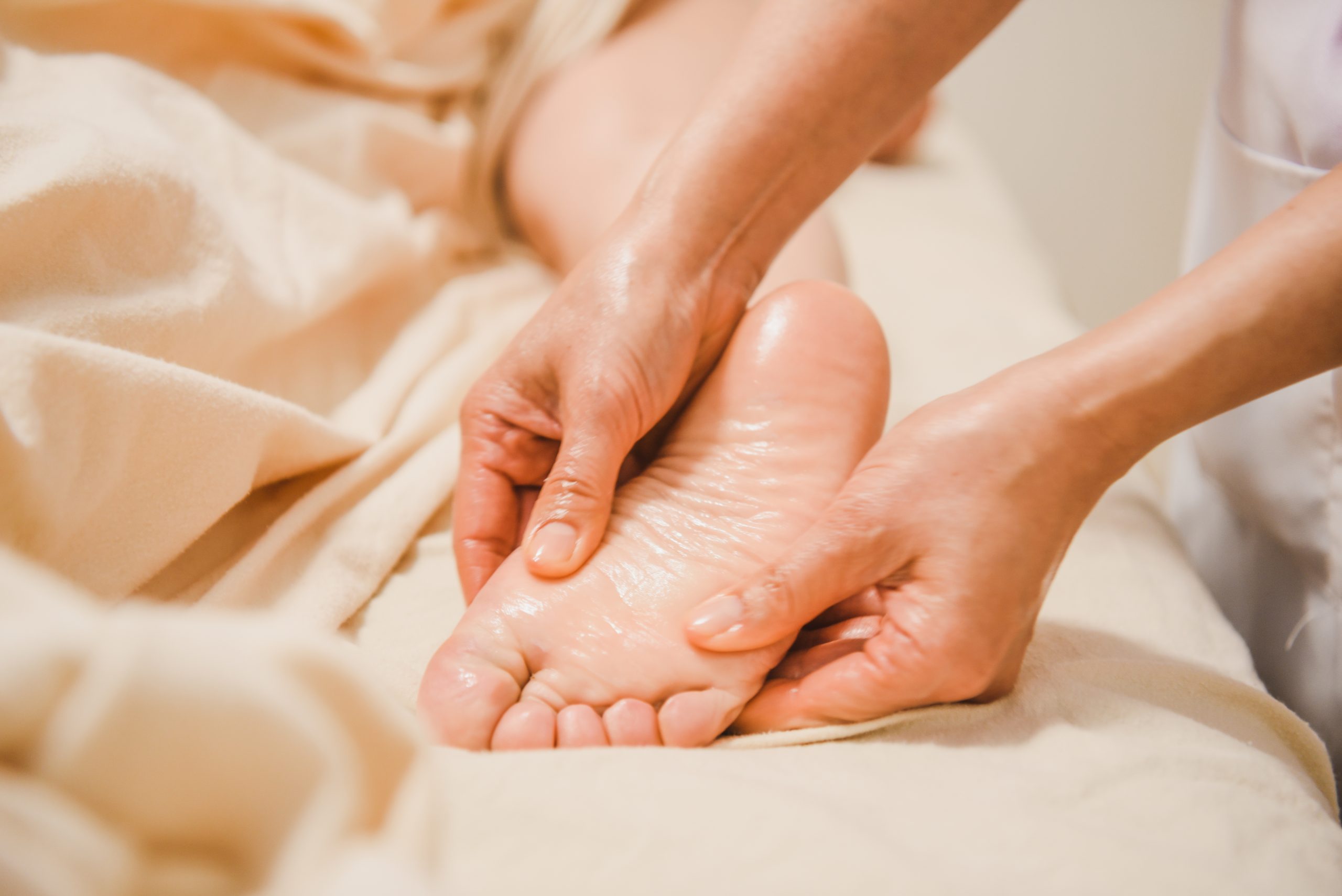







 Get Social!
Get Social!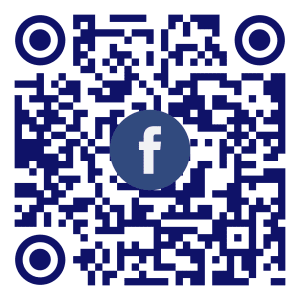







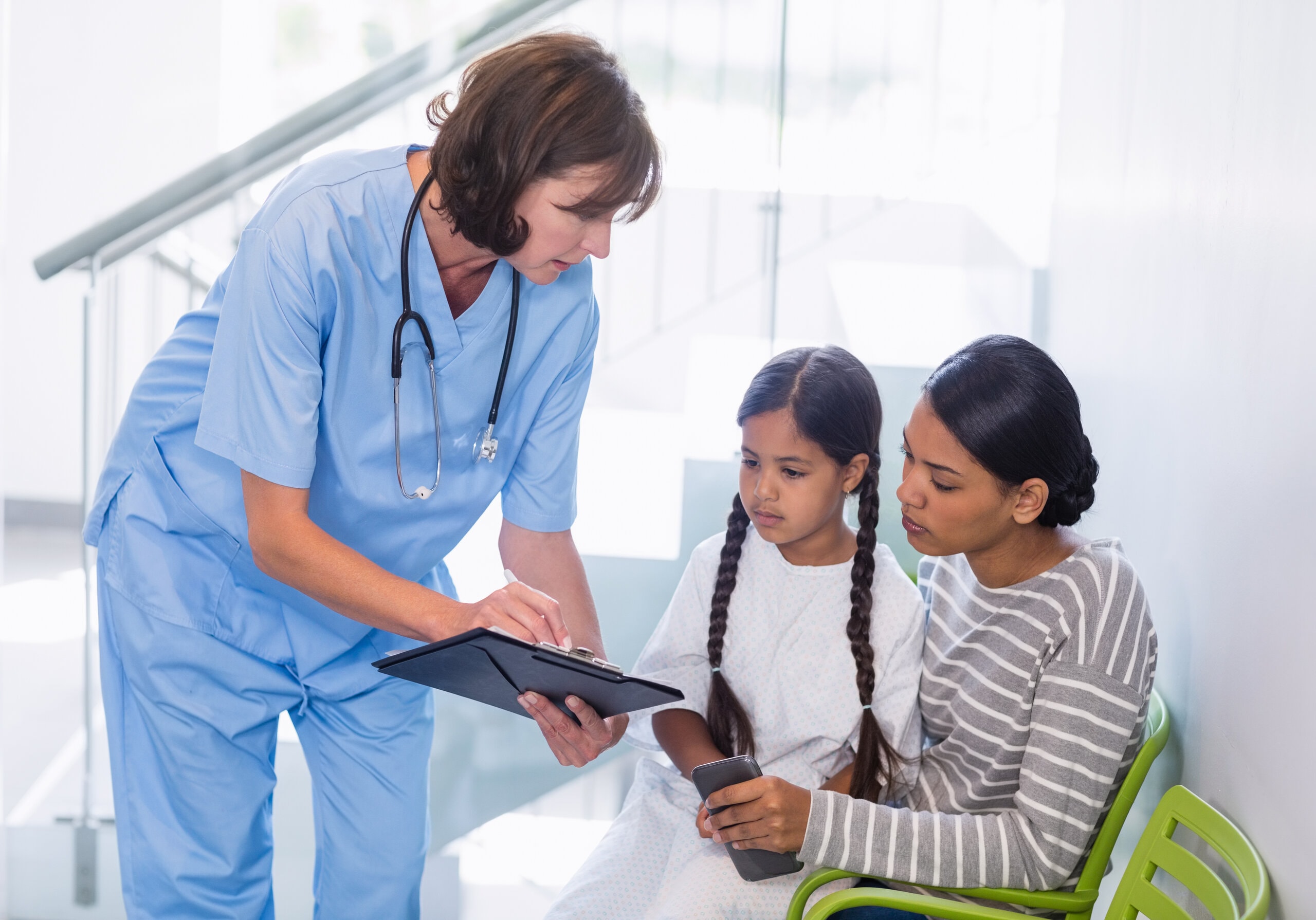
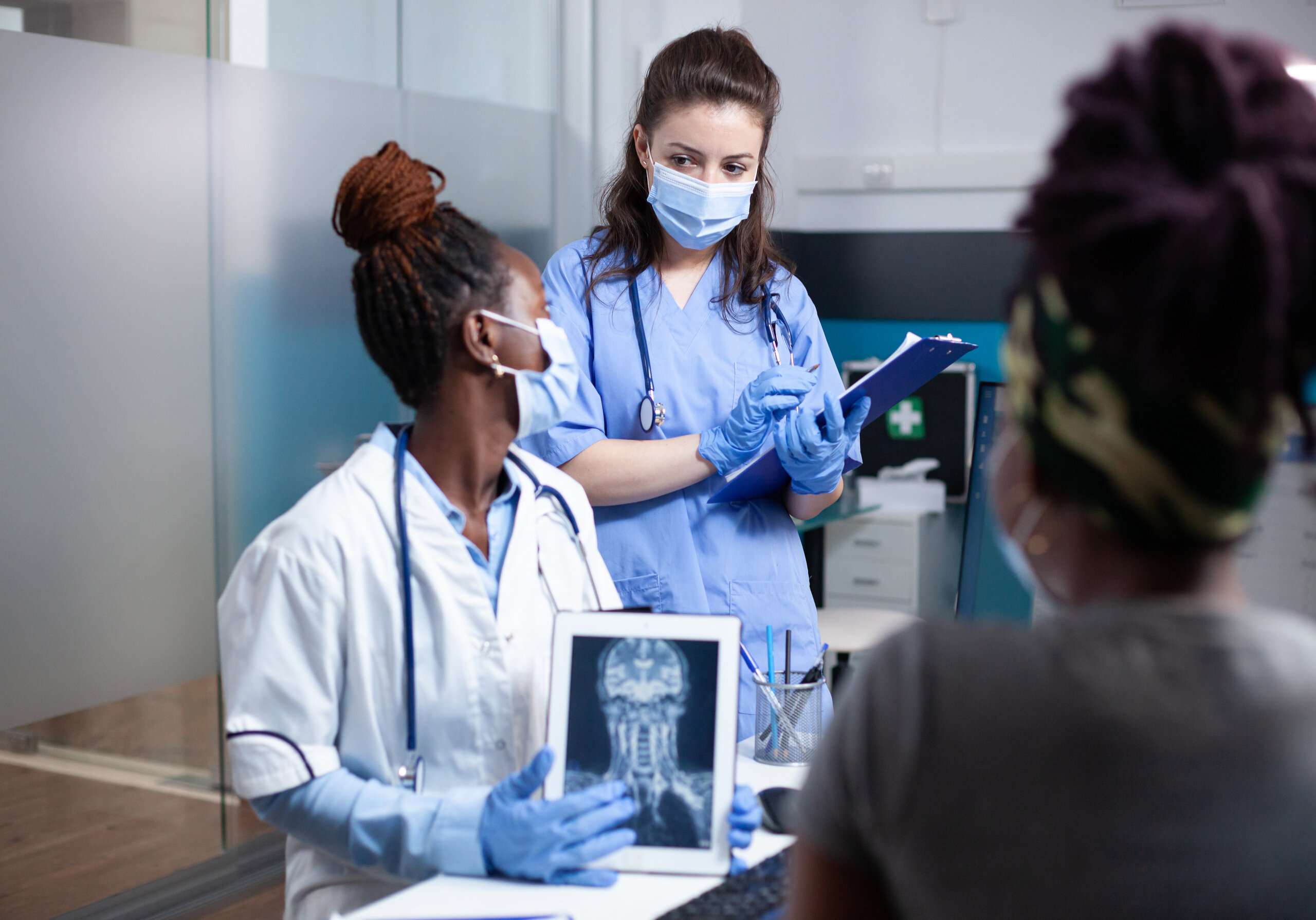


Daniel Walker